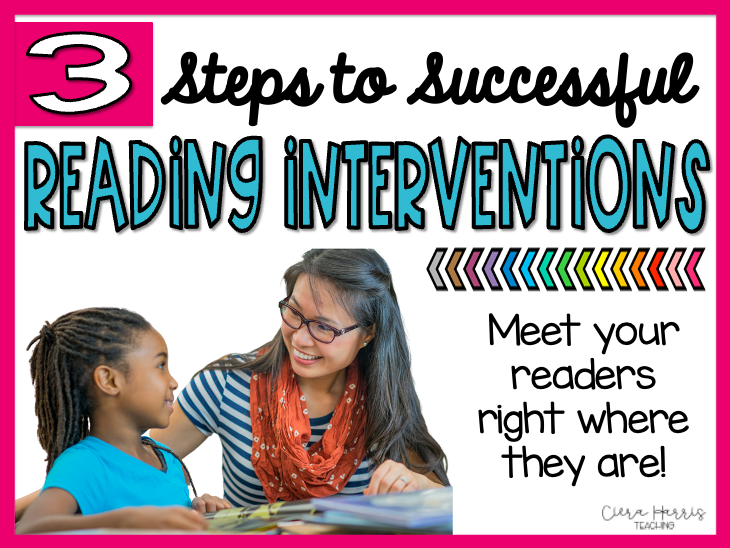When teaching, some things are easy to explain. Concepts like addition are concrete and visual. Others like phonics or probability, not so much! When a concept isn’t black and white, it’s more difficult to explain it to students. And that’s no different with non academic concepts, like Growth Mindset! Have you tried explaining Growth Mindset to students? Maybe you’ve used some of the catch phrases related to GM such as “Don’t give up” or “Mistakes mean progress!” – but have you truly broken down and explained what this necessary mindset is truly all about and how it effects each and every one of us? Keep reading to find out 5 fun and simple ways to introduce Growth Mindset to your students!
When we teach, or practice routines or procedures, in Science class, Math class or any time during the day – we as educators are giving our students chances to get ‘right’ answers. We do this by asking questions that we know (and hope) they will get right, teaching just to the standard being taught and nothing more, and even, dare I say, playing it safe. Students need to understand that learning, life, and our world is all about making mistakes and using our Growth Mindset to get through them. If we don’t give them purposeful opportunities to make mistakes then this will never happen! We need to make our activities, lessons, and experiences have moments where there is a purposeful struggle for all of our students. Let them get a question wrong 5 times in a row to see what they can do with it. How can they think through the question and analyze their 5 wrong answers to determine where to go and what to do next? We need to ask the question in class that we know only ONE student might know the answer to and then let that be the focus of our class for a few minutes. We need to make time to get things wrong!
A huge part of Growth Mindset, as you most likely know, is the language. Using self affirmations, positive quotes, etc is important. But what is also important is specifically using and teaching the
students the vocabulary about Growth Mindset. It’s one thing to have a positive class, encourage students, and embrace mistakes – but it’s another to specifically teach students the concept and terminology of Growth Mindset. One of my favorite books to teach this is a wonderful picture book
by Julia Cook titled Bubble Gum Brain. (affiliate link) This picture book helps break down the exact concept of Growth Mindset for students and teaches them the vocabulary and terminology in a fun and friendly way. Students can relate to the characters and events because they do have lived them! If you’re looking to add a great title in your collection, definitely grab this one!
Students learn SO much from picture books, so why not teach them all about Growth Mindset
doing just that? Students everyday make connections, relate to, and form bonds with characters in stories and many of the character’s ‘struggles’ are relatable to students’. So let’s be purposeful about choosing the right picture books and using them to talk about, explain, and teach Growth Mindset! You may already have titles in your library that are ready to go! I have some amazing growth mindset books for kids lined up and ready for you!
These are some amazing titles! Feel free to browse them and get to know them with the links above (affiliate links). You may even already have some in your classroom library! So go and find one,
create a lesson and get started! It doesn’t have to be anything extraordinary or over the top! Just be intentional about it. If you need some easy to implement lessons, I’ve got you covered! You can grab lesson and extension activities that are low prep and ready to print in my TpT store right now! It includes all 10 titles you see above – each with a ready made lesson plan and 2 extension activities ready to go! Go and grab my Growth Mindset Read Alouds now 🙂 Or – want to try a sample lesson? You can grab the lesson plan and activities for Rosie Revere, Engineer for FREE below!
One of the best and easiest ways to encourage and practice a Growth Mindset is by providing students with open ended activities and questions. At the beginning of the year – this translates directly into having some open ended team builders where multiple solutions are explored. When teaching, be intentional about creating and asking at least one open ended question in your lesson. By providing open ended opportunities and combining that with Growth Mindset it shows students that not all paths to an answer are the same, that different types of thinking and understanding are encouraged, and outside of the box thinkers are needed in your classroom! Instilling a Growth Mindset in your students isn’t just about being able to bounce back from a wrong answer but also encouraging that courageous and out of the box thinking. STEM is perfect for this type of thinking too!
I hope these tips were helpful! Please let me know if I can help answer any of your questions! I love hearing from you all!















